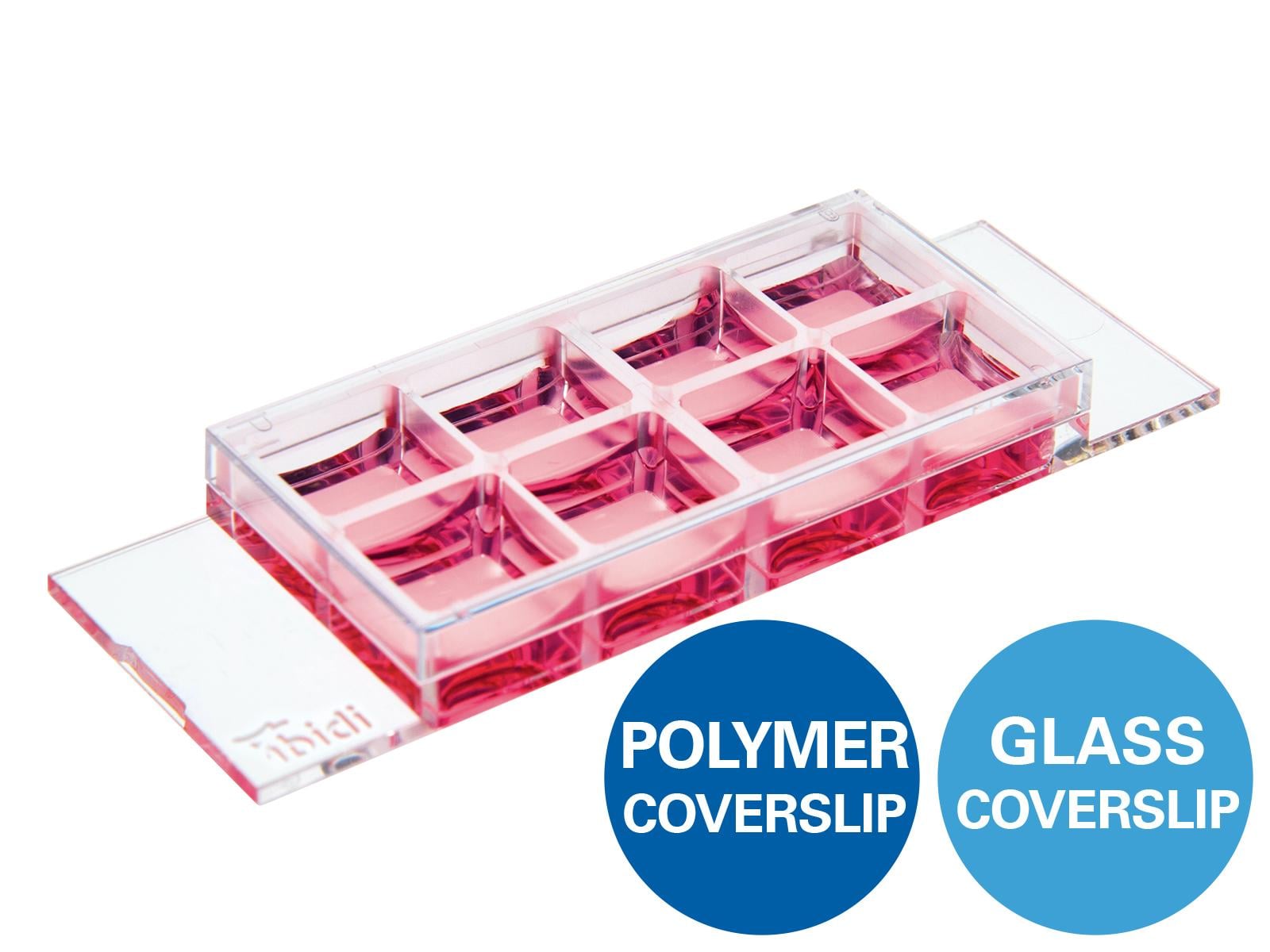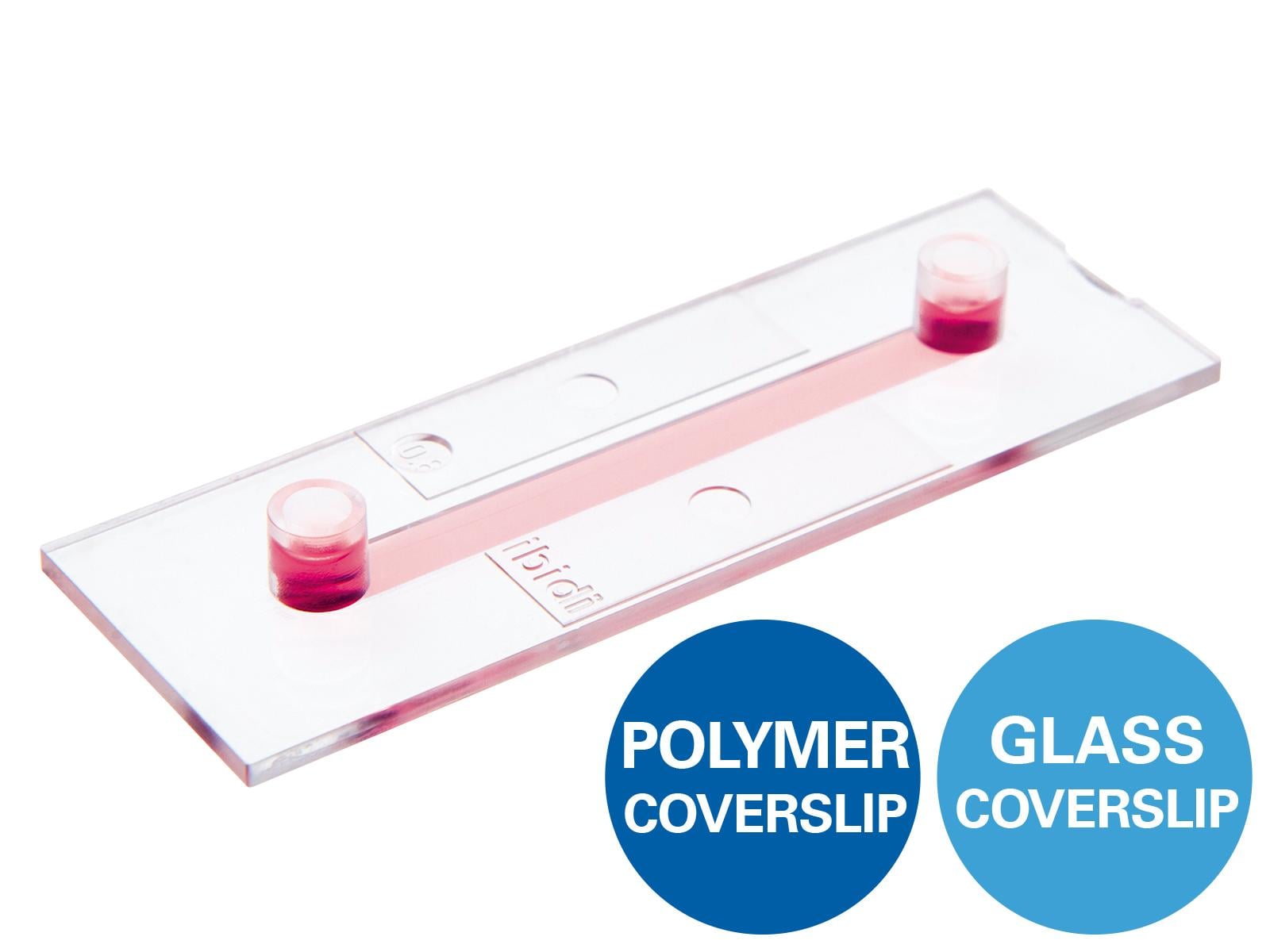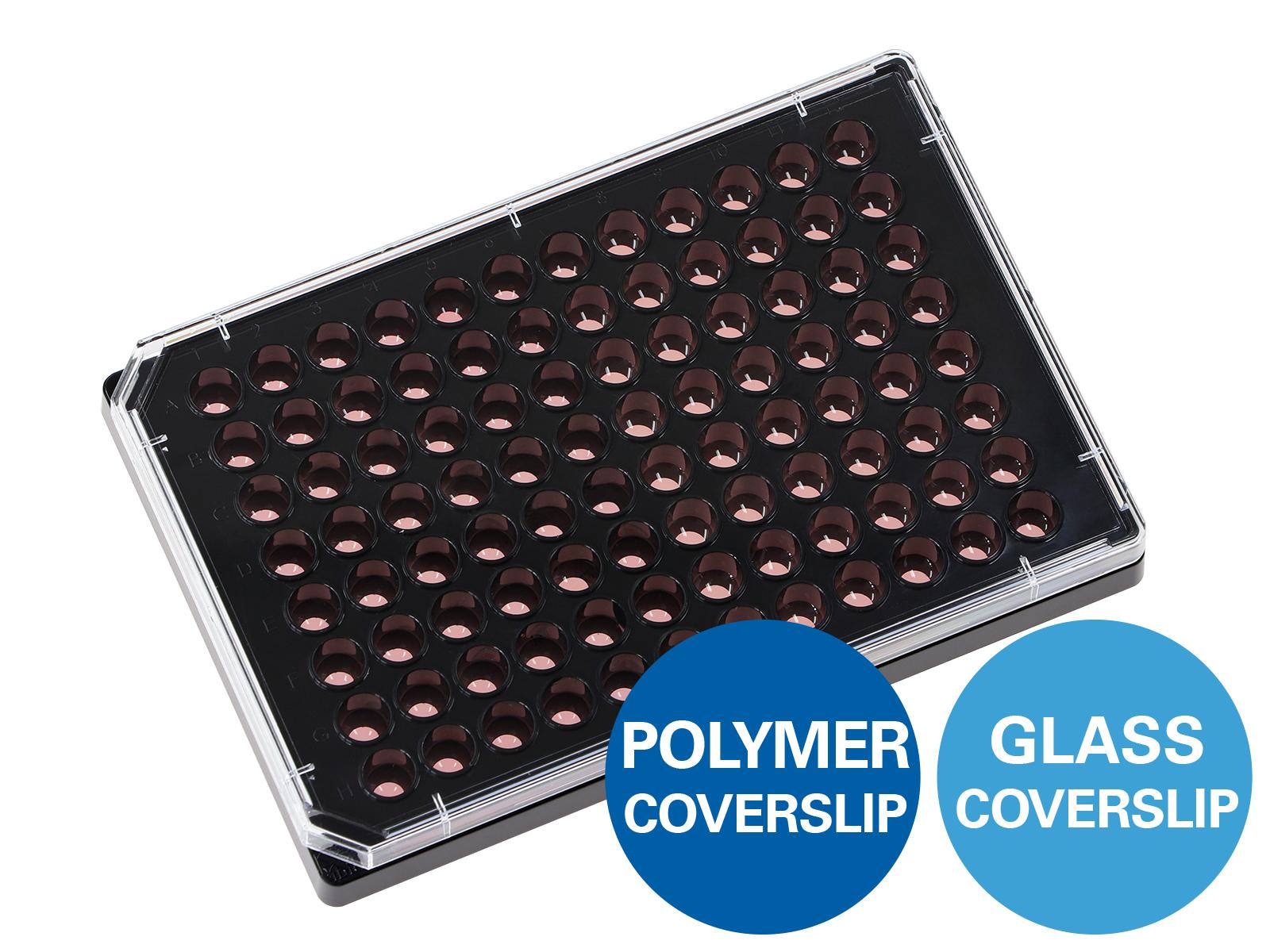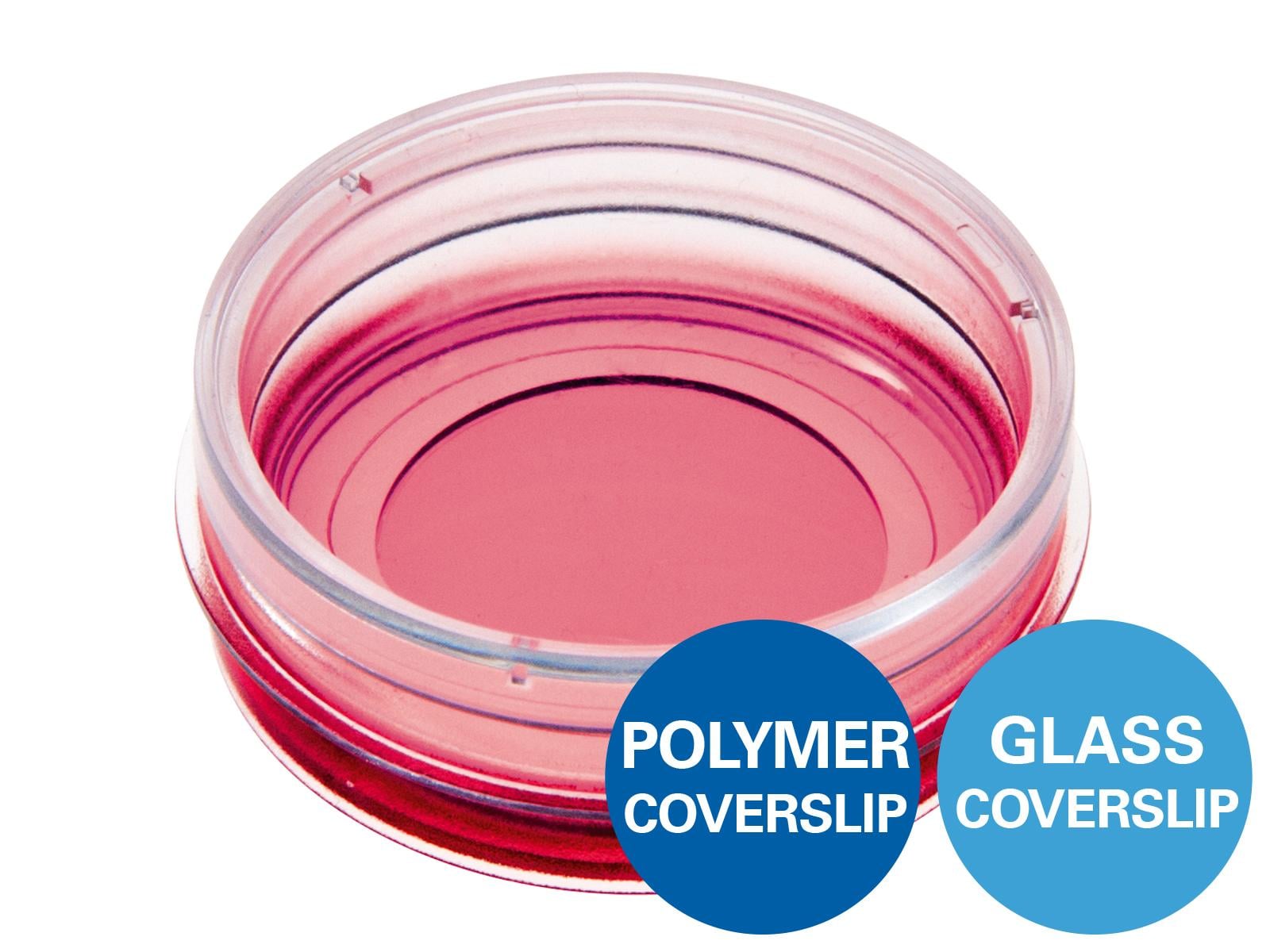
13th ibiTea on May 14, 2025: This event took place in the past, the registration is closed.
The Dos and Don’ts of Fluorescence Light Microscopy
Presented by Dr. Roland Nitschke
Life Imaging Center, Albert Ludwigs University Freiburg, Germany
ibiTea Topic Outline
The tremendous increase in light microscopy use over the last 30 years—driven by the development of new techniques, methods, and dyes—has compelled the need for optimal quality control and microscopy education.
To address this, FAIR (Findable, Accessible, Interoperable, Reusable) guidelines have been established to create new standards on how to report scientific protocols and experimental metadata. This webinar will showcase FAIR principles and answer many of the dos and don’ts of fluorescence light microscopy, including:
- experiment planning
- dye selection
- sample preparation
- the cleaning and maintenance of optics and microscopes
- technique selection
Additionally, limitations like:
- bleaching
- sample thickness
- photon output
- resolution constraints in time and space
and last but not least, the problem of unhappy or slowly dying samples will also be addressed. For more information about FAIR guidelines, please visit: www.go-fair.org/fair-principles.

Image section from a mouse kidney tubuloid from ureteric bud cells grown in 3D culture. Fluorescent labels: 488 nm EX green: Potassium-Kalium-ATPase, 561 nm EX red: F-Actin, 405 nm EX blue: DAPI. Image Metadata: 2036 x 2036 pixel, image dimension 105 x 105 µm, pixel dwell time 0.5 µs, fast airyscan detector. ZEISS LSM 880, objective Plan-Apochromat 40X/1.4 oil.
Speaker
Dr. Roland Nitschke
Life Imaging Center, Albert Ludwigs University Freiburg, Germany
Roland Nitschke developed a passion for fluorescence microscopy during his time at the NIH in the early 1990s. He co-founded GermanBioImaging (GerBI-GMB) and established the trinational network "MIAP" for imaging facilities. For 25 years, he has led the Life Imaging Center in Freiburg, Germany.
Throughout his career, he has collaborated with academic groups, standardization bodies, and industrial partners to improve standardization and quality control in the field. Roland is a member of DIN (NA 027-01-04 AA Microscopes) and the International Organization for Standardization (ISO 172/SC 5 for Microscopes and Endoscopes).
In 2020, Roland spearheaded the establishment of QUAREP-LiMi (Quality Assessment and Reproducibility for Instruments & Images in Light Microscopy). This global initiative, based in Freiburg, aims to create a community-driven and agreed-upon methodology to ensure quality in research utilizing light microscopy.





